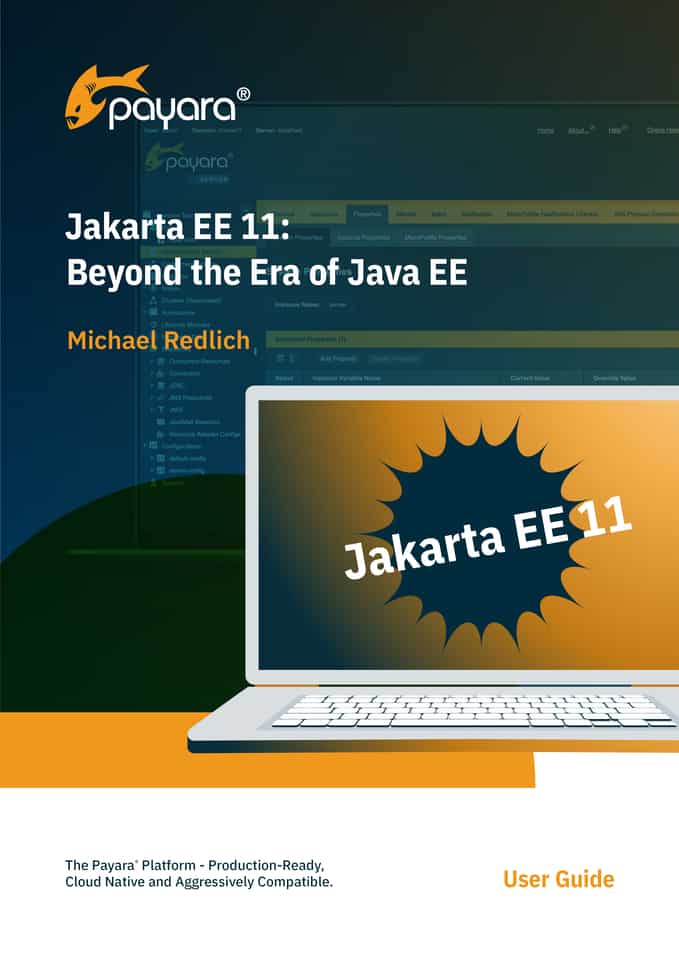1. Overview
This quick tutorial will show how to serialize a Java entity with Jackson 2 using a Custom Serializer.
If you want to dig deeper and learn other cool things you can do with the Jackson 2 – head on over to the main Jackson tutorial.
2. Standard Serialization of an Object Graph
Let’s define 2 simple entities and see how Jackson serializes these without any custom logic:
public class User {
public int id;
public String name;
}
public class Item {
public int id;
public String itemName;
public User owner;
}
Now, let’s serialize an Item entity with a User entity:
Item myItem = new Item(1, "theItem", new User(2, "theUser"));
String serialized = new ObjectMapper().writeValueAsString(myItem);
This will result in a full JSON representation for both entities:
{
"id": 1,
"itemName": "theItem",
"owner": {
"id": 2,
"name": "theUser"
}
}
3. Custom Serializer on the ObjectMapper
Now, let’s simplify the JSON output above by only serializing the id of the User, not the entire User object; we’d like to get the following, simpler JSON:
{
"id": 25,
"itemName": "FEDUfRgS",
"owner": 15
}
Simply put, we’ll have to define a custom Serializer for Item objects:
public class ItemSerializer extends StdSerializer<Item> {
public ItemSerializer() {
this(null);
}
public ItemSerializer(Class<Item> t) {
super(t);
}
@Override
public void serialize(
Item value, JsonGenerator jgen, SerializerProvider provider)
throws IOException, JsonProcessingException {
jgen.writeStartObject();
jgen.writeNumberField("id", value.id);
jgen.writeStringField("itemName", value.itemName);
jgen.writeNumberField("owner", value.owner.id);
jgen.writeEndObject();
}
}
Now, we need to register this custom serializer with the ObjectMapper for the Item class, and perform the serialization:
Item myItem = new Item(1, "theItem", new User(2, "theUser"));
ObjectMapper mapper = new ObjectMapper();
SimpleModule module = new SimpleModule();
module.addSerializer(Item.class, new ItemSerializer());
mapper.registerModule(module);
String serialized = mapper.writeValueAsString(myItem);
That’s it – we now have a simpler, custom JSON serialization of the Item->User entities.
4. Custom Serializer on the Class
We can also register the serializer directly on the class, instead of on the ObjectMapper:
@JsonSerialize(using = ItemSerializer.class)
public class Item {
...
}
Now, when performing standard serialization:
Item myItem = new Item(1, "theItem", new User(2, "theUser"));
String serialized = new ObjectMapper().writeValueAsString(myItem);
We will get the custom JSON output, created by the serializer, specified via @JsonSerialize:
{
"id": 25,
"itemName": "FEDUfRgS",
"owner": 15
}
This is helpful when the ObjectMapper cannot be accessed and configured directly.
5. Conclusion
This article illustrated how to get to a custom JSON output with Jackson 2, by using Serializers.
The implementation of all these examples and code snippets can be found on GitHub – this is a Maven-based project, so it should be easy to import and run as it is.





